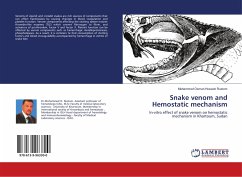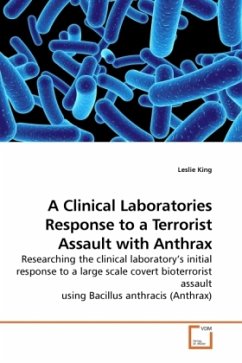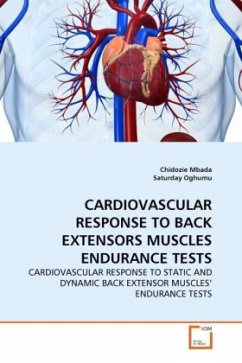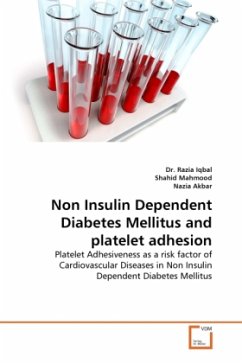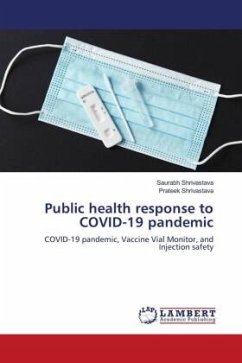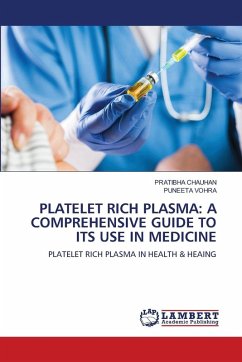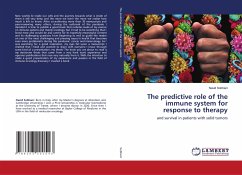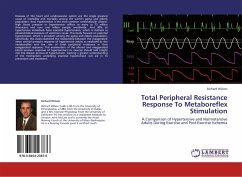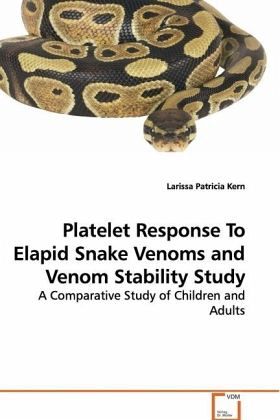
Platelet Response To Elapid Snake Venoms and Venom Stability Study
A Comparative Study of Children and Adults
Versandkostenfrei!
Versandfertig in 6-10 Tagen
32,99 €
inkl. MwSt.

PAYBACK Punkte
16 °P sammeln!
The impact of snakebite in Australia is significant,with an estimated 1-3000 bites and 2-4 deaths annually. However, todate, data on the comparative sensitivity of different paediatricpopulations to the effects of snake venom have been lacking. Onlylimited information has been available about the effects of snake venomson the different components of the haemostatic system.The role of platelets in the hemostatic system haspreviously been under-estimated, as there was a major focus on theExtrinsic and Intrinsic pathway of the coagulation cascade, withplatelets coming into account at the end of t...
The impact of snakebite in Australia is significant,
with an estimated
1-3000 bites and 2-4 deaths annually. However, to
date, data on
the comparative sensitivity of different paediatric
populations to the
effects of snake venom have been lacking. Only
limited information
has been available about the effects of snake venoms
on the
different components of the haemostatic system.
The role of platelets in the hemostatic system has
previously been
under-estimated, as there was a major focus on the
Extrinsic and
Intrinsic pathway of the coagulation cascade, with
platelets coming
into account at the end of the waterfall-like
cascade. However, this
model has progressed to a cell-based model, with
platelets playing
a central role. Hemotoxins found in the venoms of
Australian snakes
mimic human blood coagulation factors, such as the
Factor Xa/Va
complex found in Oxyuranus scutellatus and Pseudonaja
textilis or
Factor Xa found in Notechis scutatus. During this
project the
detailed activities of Australian snake venoms in
platelets, the
possible differential response in adults and
children, as well as
venom stability following long-term storage were
studied.
with an estimated
1-3000 bites and 2-4 deaths annually. However, to
date, data on
the comparative sensitivity of different paediatric
populations to the
effects of snake venom have been lacking. Only
limited information
has been available about the effects of snake venoms
on the
different components of the haemostatic system.
The role of platelets in the hemostatic system has
previously been
under-estimated, as there was a major focus on the
Extrinsic and
Intrinsic pathway of the coagulation cascade, with
platelets coming
into account at the end of the waterfall-like
cascade. However, this
model has progressed to a cell-based model, with
platelets playing
a central role. Hemotoxins found in the venoms of
Australian snakes
mimic human blood coagulation factors, such as the
Factor Xa/Va
complex found in Oxyuranus scutellatus and Pseudonaja
textilis or
Factor Xa found in Notechis scutatus. During this
project the
detailed activities of Australian snake venoms in
platelets, the
possible differential response in adults and
children, as well as
venom stability following long-term storage were
studied.



